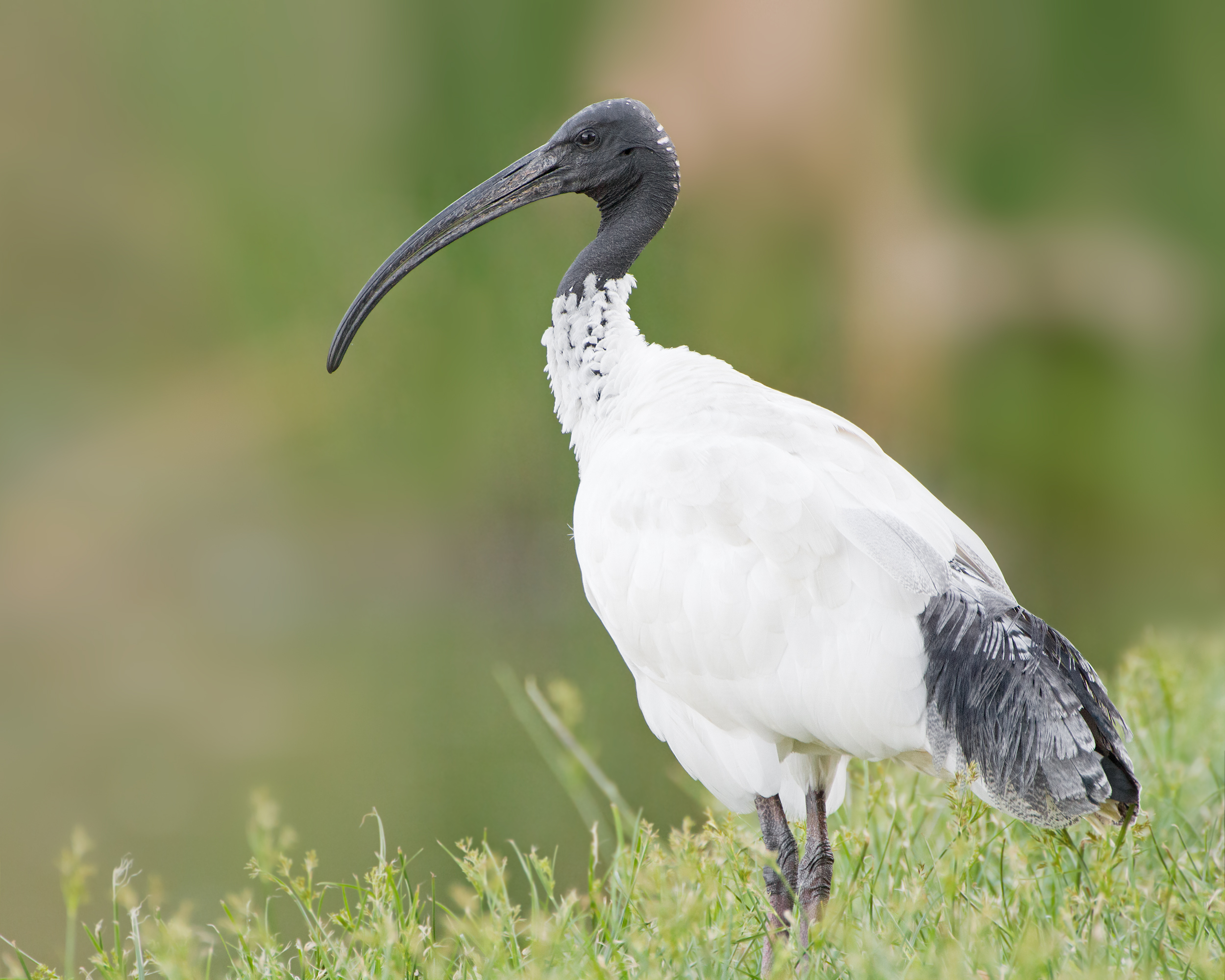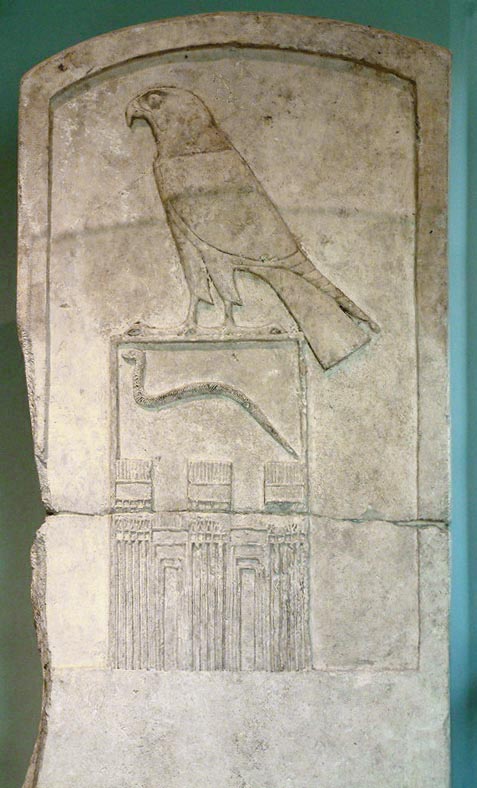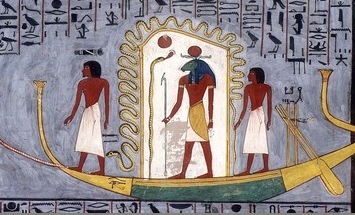|
Tehuti
Thoth (; from grc-koi, Θώθ ''Thṓth'', borrowed from cop, Ⲑⲱⲟⲩⲧ ''Thōout'', Egyptian: ', the reflex of " eis like the Ibis") is an ancient Egyptian deity. In art, he was often depicted as a man with the head of an ibis or a baboon, animals sacred to him. His feminine counterpart was Seshat, and his wife was Ma'at. He was the god of the moon, wisdom, writing, hieroglyphs, science, magic, art, and judgment. His Greek equivalent is Hermes. Thoth's chief temple was located in the city of Hermopolis ( egy, ḫmnw , Egyptological pronunciation: "Khemenu", cop, Ϣⲙⲟⲩⲛ ''Shmun''). Later known as ''el-Ashmunein'' in Egyptian Arabic, the Temple of Thoth was mostly destroyed before the beginning of the Christian era, but its very large pronaos was still standing in 1826. In Hermopolis, Thoth led "the Ogdoad", a pantheon of eight principal deities, and his spouse was Nehmetawy. He also had numerous shrines in other cities. Thoth played many vital and prom ... [...More Info...] [...Related Items...] OR: [Wikipedia] [Google] [Baidu] |
Ibis
The ibises () (collective plural ibis; classical plurals ibides and ibes) are a group of long-legged wading birds in the family Threskiornithidae, that inhabit wetlands, forests and plains. "Ibis" derives from the Latin and Ancient Greek word for this group of birds. It also occurs in the scientific name of the cattle egret (''Bubulcus ibis'') mistakenly identified in 1757 as being the sacred ibis. Description Ibises all have long, downcurved bills, and usually feed as a group, probing mud for food items, usually crustaceans. They are monogamous and highly territorial while nesting and feeding. Most nest in trees, often with spoonbills or herons. All extant species are capable of flight, but two extinct genera were flightless, namely the kiwi-like ''Apteribis'' in the Hawaiian Islands, and the peculiar '' Xenicibis'' in Jamaica. The word ''ibis'' comes from Latin ''ibis'' from Greek ἶβις ''ibis'' from Egyptian ''hb'', ''hīb''. Beekes, R. S. P. (2009) ''Etymological Dicti ... [...More Info...] [...Related Items...] OR: [Wikipedia] [Google] [Baidu] |
Ogdoad (Egyptian)
In Egyptian mythology, the Ogdoad ( grc, ὀγδοάς "the Eightfold"; egy, ḫmnyw, a plural nisba of "eight") were eight primordial deities worshiped in Hermopolis. References to the Ogdoad date to the Old Kingdom of Egypt, and even at the time of composition of the Pyramid Texts toward the end of the Old Kingdom, they appear to have been antiquated and mostly forgotten by everyone except their theologians. They are frequently mentioned in the Coffin Texts of the Middle Kingdom. The oldest known pictorial representations of the group do not pre-date the time of Seti I ( New Kingdom, thirteenth century BC), when the group appears to be rediscovered by the theologians of Hermopolis for the purposes of creating a more elaborate creation-account. Texts of the Late Period describe them as having the heads of frogs (male) and serpents (female), and they are often depicted in this way in reliefs of the last dynasty, the Ptolemaic Kingdom. Names The eight deities were arrange ... [...More Info...] [...Related Items...] OR: [Wikipedia] [Google] [Baidu] |
Shu (Egyptian Deity)
Shu (Egyptian ''šw'', "emptiness" or "he who rises up", cop, Ϣⲟⲩ) was one of the primordial Egyptian gods, spouse and brother to the goddess Tefnut, and one of the nine deities of the Ennead of the Heliopolis cosmogony. He was the god of peace, lions, air, and wind. Family In Heliopolitan theology, Atum created the first couple of the Ennead, Shu and Tefnut by masturbating or by spitting. Shu was the father of Nut and Geb and grandfather of Osiris, Isis, Set, and Nephthys. His great-grandsons are Horus and Anubis. Myths As the air, Shu was considered to be a cooling, and thus calming, influence, and pacifier. Due to the association with dry air, calm, and thus Ma'at (truth, justice, order, and balance), Shu was depicted as the dry air/atmosphere between the earth and sky, separating the two realms after the event of the First Occasion. Shu was also portrayed in art as wearing an ostrich feather. Shu was seen with between one and four feathers. The ostrich feather was s ... [...More Info...] [...Related Items...] OR: [Wikipedia] [Google] [Baidu] |
Headdress
Headgear, headwear, or headdress is the name given to any element of clothing which is worn on one's head, including hats, helmets, turbans and many other types. Headgear is worn for many purposes, including protection against the elements, decoration, or for religious or cultural reasons, including social conventions. Purposes Protection or defence Headgear may be worn for protection against cold (such as the Canadian tuque), heat, rain and other precipitation, glare, sunburn, sunstroke, dust, contaminants, etc. Helmets are worn for protection in battle or against impact, for instance when riding bicycles or motor vehicles. There are also hats that are worn for protection from the cold. Fashion Headgear can be an article of fashion, usually hats, caps or hoods. The formal man's black silk top hat was formerly an indispensable portion of the suit, and women's hats have, over the years, attained a fantastic number of shapes ranging from immense confections to no more than a f ... [...More Info...] [...Related Items...] OR: [Wikipedia] [Google] [Baidu] |
Stela Showing A Male Adorer Standing Before 2 Ibises Of Thoth
A stele ( ),Anglicized plural steles ( ); Greek plural stelai ( ), from Greek , ''stēlē''. The Greek plural is written , ''stēlai'', but this is only rarely encountered in English. or occasionally stela (plural ''stelas'' or ''stelæ''), when derived from Latin, is a stone or wooden slab, generally taller than it is wide, erected in the ancient world as a monument. The surface of the stele often has text, ornamentation, or both. These may be inscribed, carved in relief, or painted. Stelae were created for many reasons. Grave stelae were used for funerary or commemorative purposes. Stelae as slabs of stone would also be used as ancient Greek and Roman government notices or as boundary markers to mark borders or property lines. Stelae were occasionally erected as memorials to battles. For example, along with other memorials, there are more than half-a-dozen steles erected on the battlefield of Waterloo at the locations of notable actions by participants in battle. A traditio ... [...More Info...] [...Related Items...] OR: [Wikipedia] [Google] [Baidu] |
Hermes Trismegistus
Hermes Trismegistus (from grc, Wiktionary:Ἑρμῆς, Ἑρμῆς ὁ Τρισμέγιστος, "Hermes the Thrice-Greatest"; Classical Latin: la, label=none, Mercurius ter Maximus) is a legendary Hellenistic figure that originated as a Syncretism, syncretic combination of the Ancient Greek religion, Greek god Hermes and the Ancient Egyptian deities, Egyptian god Thoth.A survey of the literary and archaeological evidence for the background of Hermes Trismegistus as the Greek god Hermes and the Egyptian god Thoth may be found in He is the purported author of the ''Hermetica'', a widely diverse series of ancient and medieval pseudepigraphical texts that lay the basis of various philosophical systems known as Hermeticism. The wisdom attributed to this figure in antiquity combined a knowledge of both the material and the spiritual world, which rendered the writings attributed to him of great relevance to those who were interested in the interrelationship between the material an ... [...More Info...] [...Related Items...] OR: [Wikipedia] [Google] [Baidu] |
Ancient Egyptian Royal Titulary
The royal titulary or royal protocol is the standard naming convention taken by the pharaohs of ancient Egypt. It symbolised worldly power and holy might, also acting as a sort of mission statement for the duration of a monarch's reign (although sometimes it even changed during the reign). The full titulary, consisting of five names, did not come into standard usage until the Middle Kingdom but remained in use as late as the Roman Empire. Origins In order that the pharaoh, who held divine office, could be linked to the people and the gods, special epithets were created for them at their accession to the throne. These titles also served to demonstrate one's qualities and link them to the terrestrial realm. The five names were developed over the centuries beginning with the Horus name. This name identified the figure as a representative of the god Horus. The Nebty name was the second part of the royal titular of Upper and Lower Egypt. This name placed the king under the protectio ... [...More Info...] [...Related Items...] OR: [Wikipedia] [Google] [Baidu] |
Coptic Language
Coptic (Bohairic Coptic: , ) is a language family of closely related dialects, representing the most recent developments of the Egyptian language, and historically spoken by the Copts, starting from the third-century AD in Roman Egypt. Coptic was supplanted by Arabic as the primary spoken language of Egypt following the Muslim conquest of Egypt and was slowly replaced over the centuries. Coptic has no native speakers today, although it remains in daily use as the liturgical language of the Coptic Orthodox Church and of the Coptic Catholic Church. Innovations in grammar, phonology, and the influx of Greek loanwords distinguish Coptic from earlier periods of the Egyptian language. It is written with the Coptic alphabet, a modified form of the Greek alphabet with several additional letters borrowed from the Demotic Egyptian script. The major Coptic dialects are Sahidic, Bohairic, Akhmimic, Fayyumic, Lycopolitan, and Oxyrhynchite. Sahidic Coptic was spoken between the cities ... [...More Info...] [...Related Items...] OR: [Wikipedia] [Google] [Baidu] |
Ancient Greek
Ancient Greek includes the forms of the Greek language used in ancient Greece and the ancient world from around 1500 BC to 300 BC. It is often roughly divided into the following periods: Mycenaean Greek (), Dark Ages (), the Archaic period (), and the Classical period (). Ancient Greek was the language of Homer and of fifth-century Athenian historians, playwrights, and philosophers. It has contributed many words to English vocabulary and has been a standard subject of study in educational institutions of the Western world since the Renaissance. This article primarily contains information about the Epic and Classical periods of the language. From the Hellenistic period (), Ancient Greek was followed by Koine Greek, which is regarded as a separate historical stage, although its earliest form closely resembles Attic Greek and its latest form approaches Medieval Greek. There were several regional dialects of Ancient Greek, of which Attic Greek developed into Koine. Dia ... [...More Info...] [...Related Items...] OR: [Wikipedia] [Google] [Baidu] |
Solar Barque
Solar barques were the vessels used by the sun god Ra in ancient Egyptian mythology. During the day, Ra was said to use a vessel called the Mandjet ( egy, mꜥnḏt) or the Boat of Millions of Years ( egy, wjꜣ-n-ḥḥw), and the vessel he used during the night was known as the Mesektet ( egy, msktt). Ra was said to travel through the sky on the barge, providing light to the world. Each twelfth of his journey formed one of the twelve Egyptian hours of the day, each overseen by a protective deity. Ra then rode the barque through the underworld, with each hour of the night considered a gate overseen by twelve more protective deities. Passing through all of these while fending off various destructive monsters, Ra reappeared each day on the eastern horizon. He was said to travel across the sky in the Mandjet Barque through the hours of the day, and then switch to the Mesektet Barque to descend into the underworld for the hours of the night. The progress of Ra upon the Mandjet ... [...More Info...] [...Related Items...] OR: [Wikipedia] [Google] [Baidu] |









